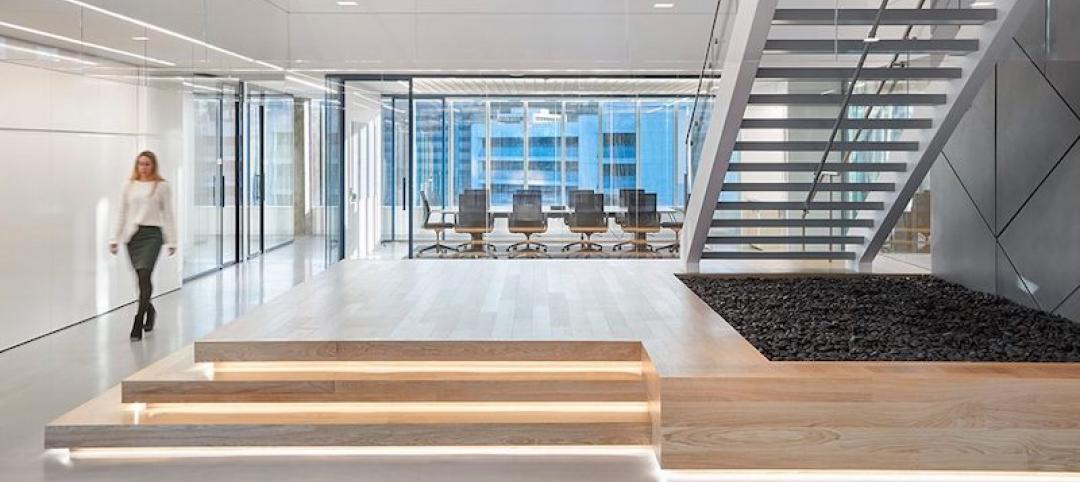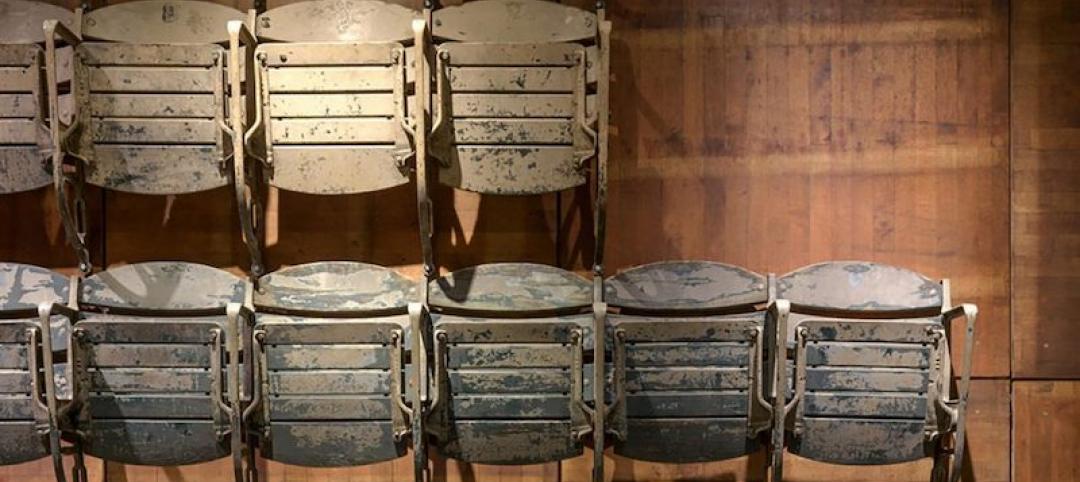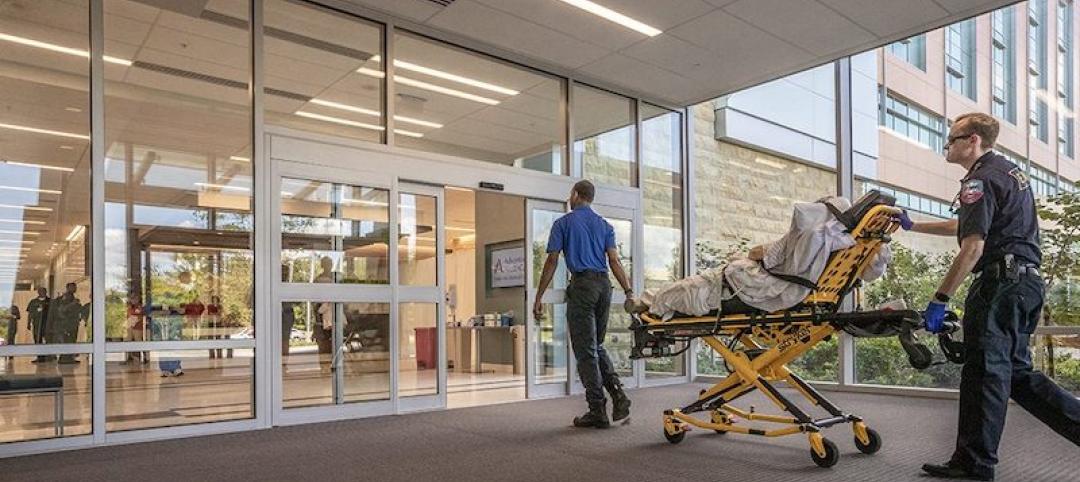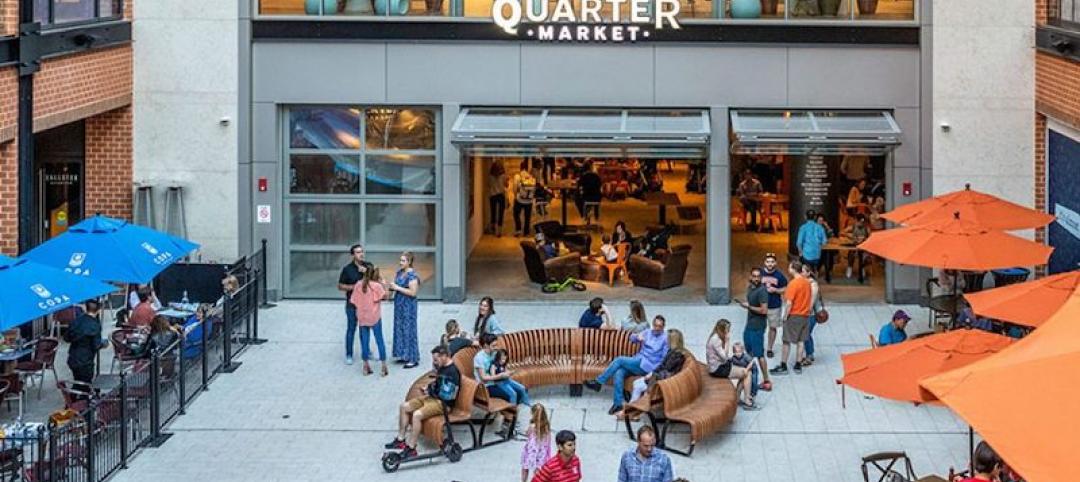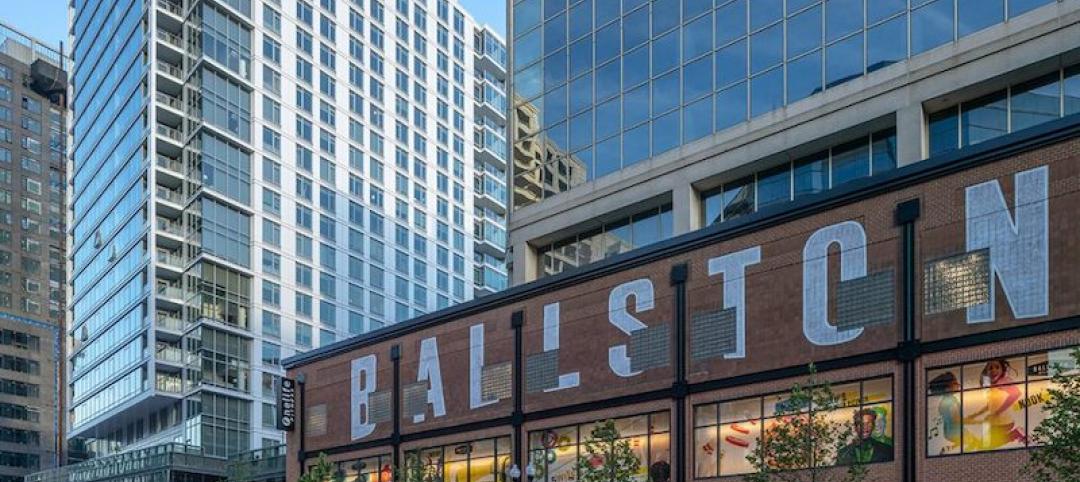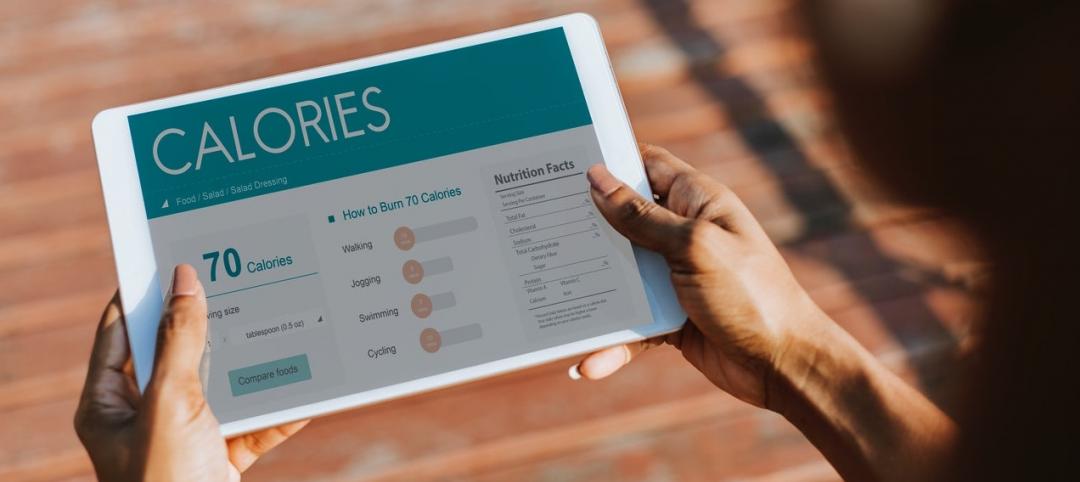When planning for my upcoming trip to Europe, I did something interesting—something that betrayed exactly how much of a stereotypical Millennial I am. I googled, “most Instagrammable places in Amsterdam.” My parents would most certainly scoff at this (hi, mom and dad!). Live in the moment, they’d say. Put your phone down.
But digital natives practice a different way of living, shopping, traveling and eating—one that’s all about showing…and showing off. It affects the way we look at the world. And it’s changing how designers create spaces.
Consumers nowadays want to lead Instagram-worthy lives.
What does this mean, you ask? It means spending more money on cool, Instagrammable experiences. It means living a life full of adventure—or at least posting pictures that make it seem like you do.
Today there are over 700 million active users on Instagram. That’s almost more than Twitter and LinkedIn combined. 50% of Instagram users follow at least one business. 60% say that they learn about a product, service or location on the platform and 75% take action, such as visiting a website or store, after looking at a post. Truly, it’s quite staggering the impact and power that Instagram wields.
But how will the platform affect design? Let’s explore.
The Retail Tale
Instagram is changing retail’s physical and digital space. Every day, hordes of fashion-conscious Instagrammers open the app and browse the latest fashions. What are the celebrities wearing today?
And I don’t only mean the Kylie Jenners and Gigi Hadids of the world; I’m talking Instagram celebrities, or influencers, like Iskra Lawrence (3.6 million followers), JoJo Fletcher (2.5 million followers) or Mariano Di Vaio (5.9 million followers)—people who often have no other claim to fame than social media.
With new companies like LiketoKnow:It, Soldsie and Chirpify, Instagram users can make one-click purchases straight from the app. It’s almost like buying the clothes off the model’s back. (I am almost, ALMOST ashamed to admit that as I write this, I am wearing a pair of boots I saw on Instagram).
While this free advertising is useful for retailers, it also means they must step up their in-store game to compete with the convenience of mobile shopping. The interiors of stores—not just the products—must be Instagrammable and experience-driven. Patterns, pop-ups, personalization, cardboard cut-outs, celebrity appearances and events—it’s a whole new world in which retail can’t only hawk wares; they need to provide a true omni-channel experience.
Becoming Wellth-y
Social media aside, health and wellness are two of the new major buzzwords. But to disconnect the rise of this trend with the swell of Instagram popularity is to lose sight of just how “aspirational” our new, media-obsessed world is.
For instance, food photography has a long, long history. But what about going to a restaurant not for the food—or even food photography—but just to get a coveted picture of that patterned floor. It’s a thing. Don’t believe me? Check out I Have This Thing With Floors, a curated collection of photos of…yes, cool floors. According to The Verge, the average restaurant guest takes photos for ten minutes before ordering anything.
And this craving for cool photos extends to the exercise and health food worlds, too. Scrolling through my Instagram feed, I see acai bowl after acai bowl and LuluLemon legging after LuluLemon legging. Mix together a kale salad and a SoulCycle class and you just might begin to understand that the new goal is no longer wealth—at least not in the traditional sense—but rather, wellth. Coffers filled with healthy food, exercise, meditation—and most importantly, fabulous photos that will make your friends jealous.
Sure, it may be all an act. A faux life set up completely for social media. But it’s changing every. Single. Industry.
The Travel Bug
Steve Howard, head of Ikea’s sustainability unit, believes we have hit “peak stuff.” We no longer see the collection of things as a status symbol or goal. In fact, a lot of people I know might argue that we just don’t need any more junk (I am not a part of that crew, but my hoarding habits are neither here nor there in this context).
In whichever camp you lie, I think we can agree that in recent years the emphasis has landed solidly on collecting adventure, friends and aspirational experiences rather than things. One popular experience is travel—and millennials, especially, are doing it a lot. In 2015, 82% of millennials took vacations versus only 75% of all U.S. consumers. 72% of that same group would rather spend money on experiences than things. And a whopping 92% of millennials share their travel experience on social media.
Some of this isn’t new. But it’s implications for the hospitality industry are huge.
Hotels can no longer be sterile. They need to be unique, photo-worthy and full of surprises. It’s no wonder that boutique hotels are on the rise, even among chain hotel groups. According to HotelTonight CEO Sam Shank, millennials would rather have an Instagramable hotel than a cheaper one.
But that’s not all. 89% of millennials plan their travels using content posted to social media by their peers. And 1 in 3 people book a vacation after falling in love with a hotel or destination on Instagram. So, those Instagram photos of the well-dressed people holding photogenic cocktails in front of the mural on your rooftop? Yeah, they matter.
Don’t underestimate the power of social media. And don’t think twice before thinking about Instagram when creating your next design.
Connoisseur of 140 characters and creator of content, Lucy Leonard manages CallisonRTKL’s social media channels and has her hand in much of the content that filters in and out of the firm. Her love of social media, more aptly described as a paying addiction, has brought her around the world exploring the way social and traditional media affect other industries, including, of course, architecture and design.
More from Author
CallisonRTKL | Dec 20, 2021
Digital nomads are influencing design
As our spaces continue to adapt to our future needs, we’ll likely see more collaborative, communal zones where people can relax, shop, and work.
CallisonRTKL | Jun 30, 2020
The great reset and our new work life
As many countries begin to return to the office, it’s a chance to ask ourselves: what do we truly value?
CallisonRTKL | May 4, 2020
How working from home is influencing design
The lessons learned in the next few months can help shape how we work and design in the future. For now, remote work is different – and our new normal.
CallisonRTKL | Feb 26, 2020
Sustainability in a material world
The concepts of embodied carbon, zero waste, and deconstruction and reuse often run on parallel tracks.
CallisonRTKL | Jan 30, 2020
The complex dance of healthcare transitioning
Hospital employees, though excited about technological advancements, are expected to navigate a new workplace and care for their patients at the same time, all while training on new equipment and navigating a new building.
CallisonRTKL | Jan 6, 2020
Retail re-invention: Five questions to ask
Why have some malls survived their long-predicted demise, thriving and bumping with new generations of shoppers, while others have been relegated to the ash heap of deadmalls.com?
CallisonRTKL | Aug 6, 2019
Saving the American mall in 5 steps
CallisonRTKL Vice President Marc Fairbrother explains how struggling American malls can turn it all around.
CallisonRTKL | May 29, 2019
Smart buildings can optimize wellness
Employees want wellness initiatives built into their work experience, especially when they’re in spaces that can leave them feeling stiff, stressed, and sick.
CallisonRTKL | Apr 5, 2019
2019 trends in the workplace
From retention and career advancement to the ethics of inclusion and diversity, these five trends will play a major role this year in design, strategic planning and workplace development.
CallisonRTKL | Jan 28, 2019
9 tech trends to track in 2019
Innovations in voice recognition, cognitive neuroscience, and biometrics are among the trending tech topics for 2019, according to CallisonRTKL's Kristin Tilley.




